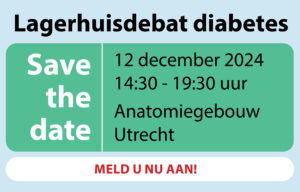Topical oxygen has been used for the treatment of chronic wounds for more than 50 years. Its effectiveness remains disputed due to the limited number of robust high-quality investigations. The aim of this study was to assess the efficacy of multimodality cyclical pressure Topical Wound Oxygen (TWO2) home care therapy in healing refractory diabetic foot ulcers (DFUs) that had failed to heal with standard of care (SOC) alone.
Patients with diabetes and chronic DFUs were randomized (double-blind) to either active TWO2 therapy or sham control therapy—both in addition to optimal SOC. The primary outcome was the percentage of ulcers in each group achieving 100% healing at 12 weeks. A group sequential design was used for the study with three predetermined analyses and hard stopping rules once 73, 146, and ultimately 220 patients completed the 12-week treatment phase.
At the first analysis point, the active TWO2 arm was found to be superior to the sham arm, with a closure rate of 41.7% compared with 13.5%. This difference in outcome produced an odds ratio (OR) of 4.57 (97.8% CI 1.19, 17.57), P = 0.010. After adjustment for University of Texas Classification (UTC) ulcer grade, the OR increased to 6.00 (97.8% CI 1.44, 24.93), P = 0.004. Cox proportional hazards modeling, also after adjustment for UTC grade, demonstrated >4.5 times the likelihood to heal DFUs over 12 weeks compared with the sham arm with a hazard ratio of 4.66 (97.8% CI 1.36, 15.98), P = 0.004. At 12 months postenrollment, 56% of active arm ulcers were closed compared with 27% of the sham arm ulcers (P = 0.013).
This sham-controlled, double-blind randomized controlled trial demonstrates that, at both 12 weeks and 12 months, adjunctive cyclical pressurized TWO2 therapy was superior in healing chronic DFUs compared with optimal SOC alone.


